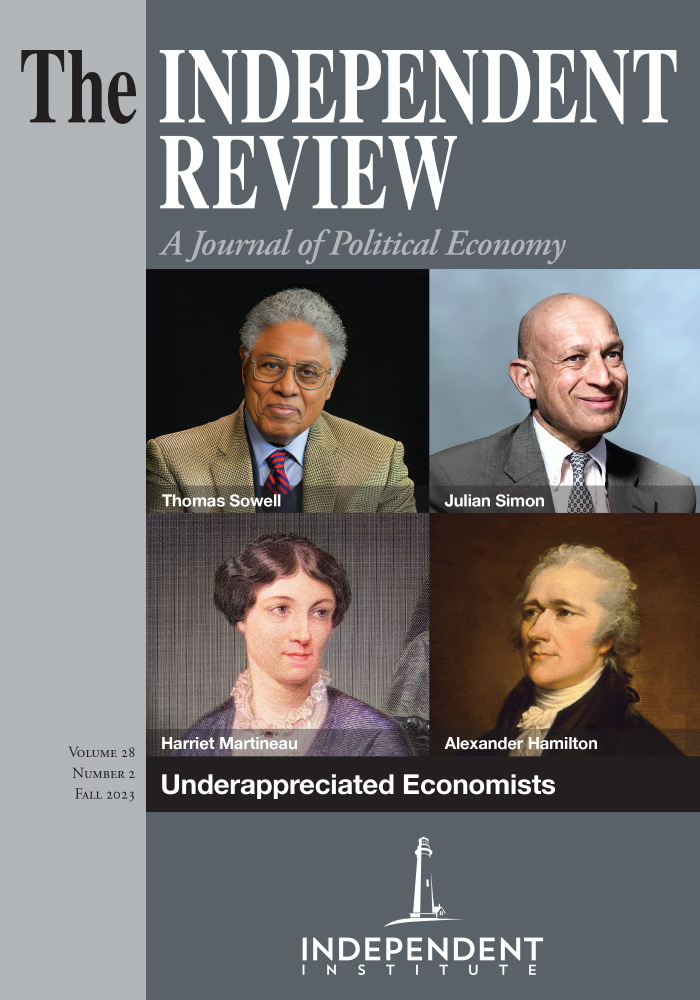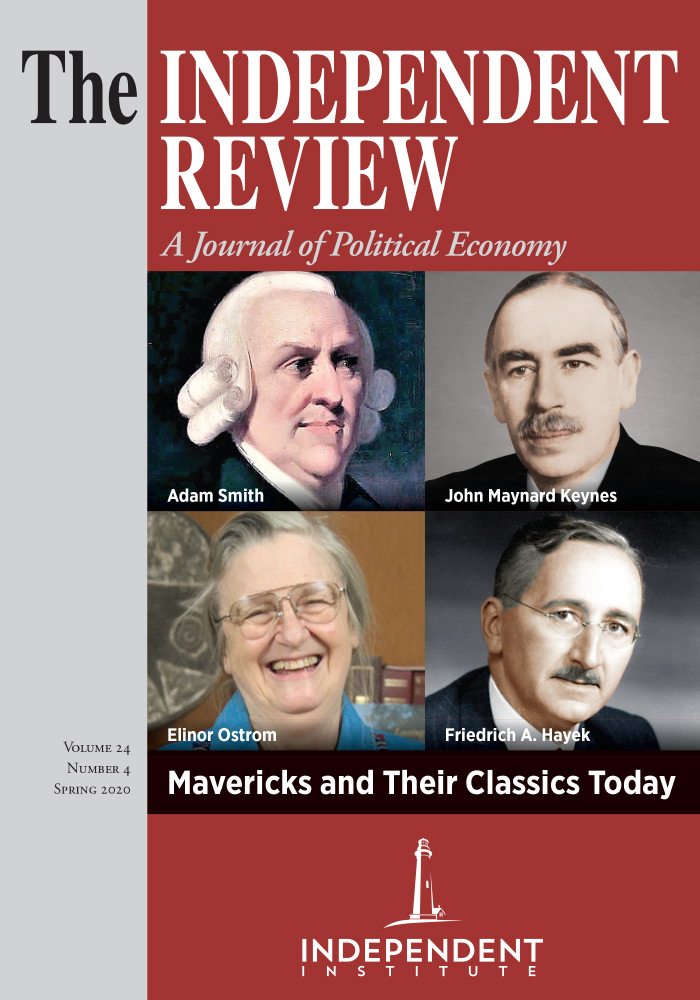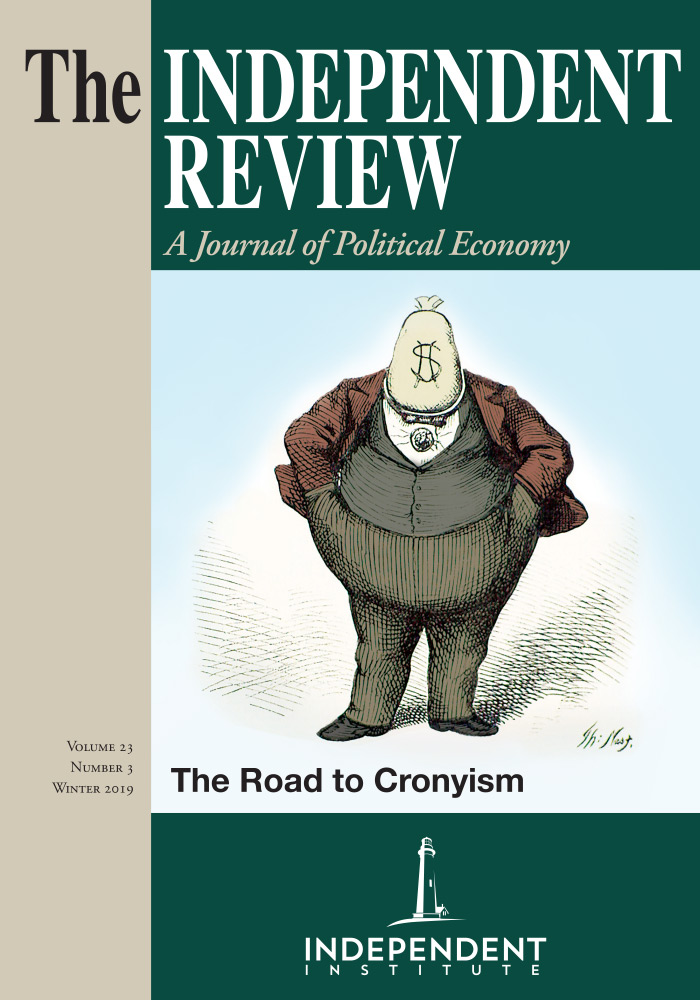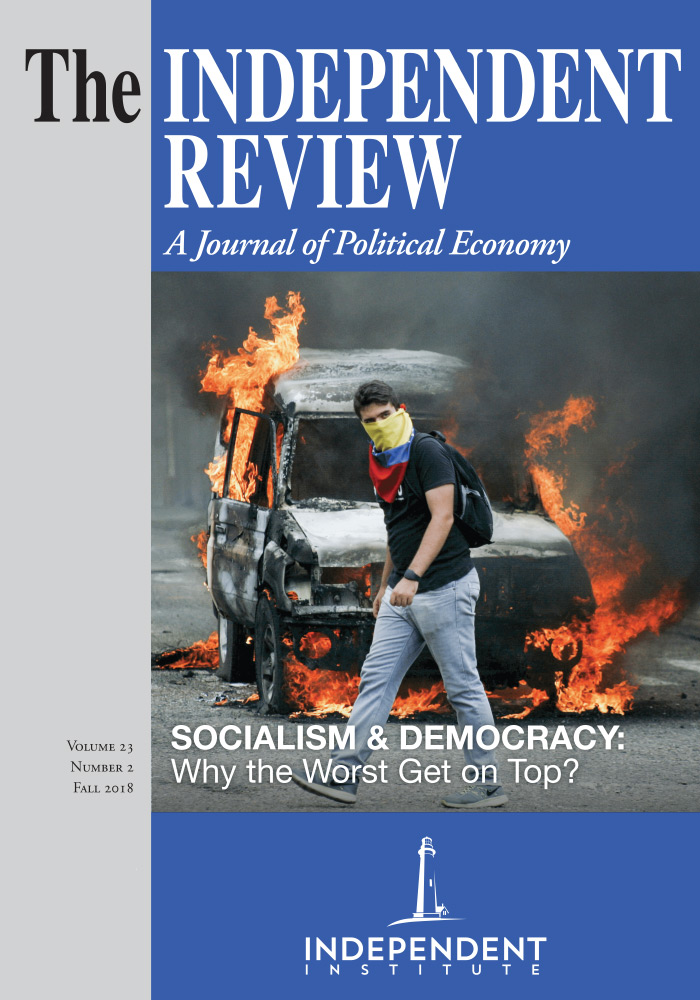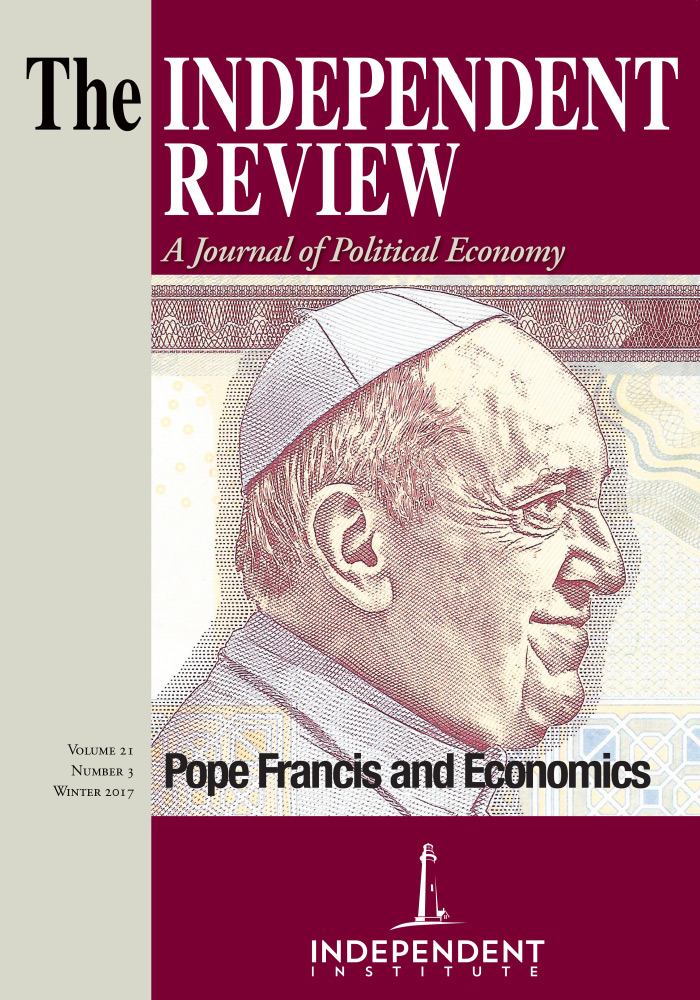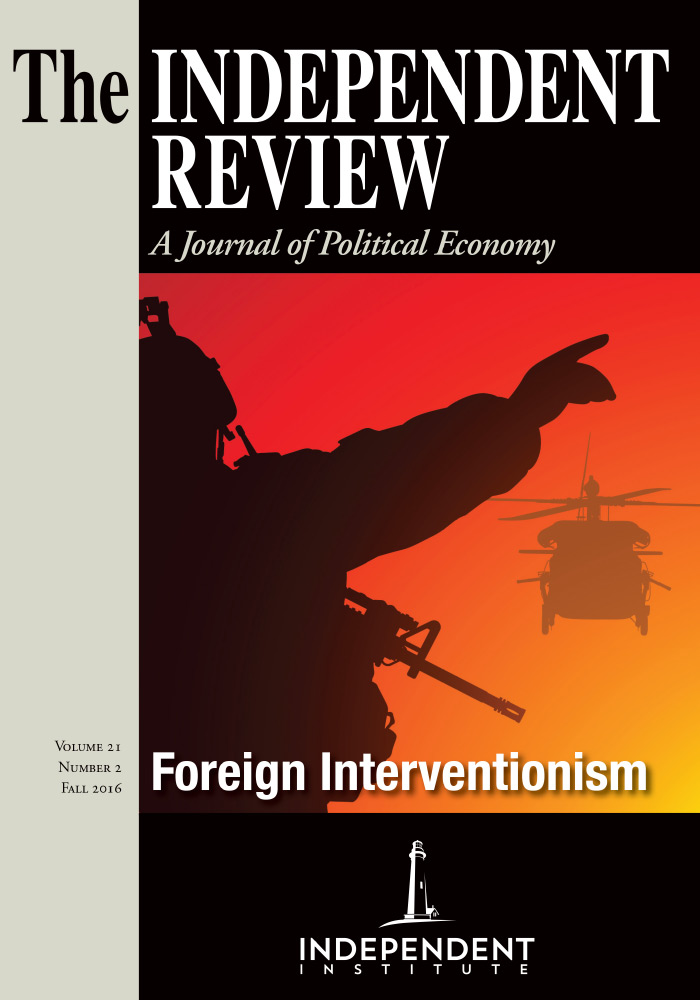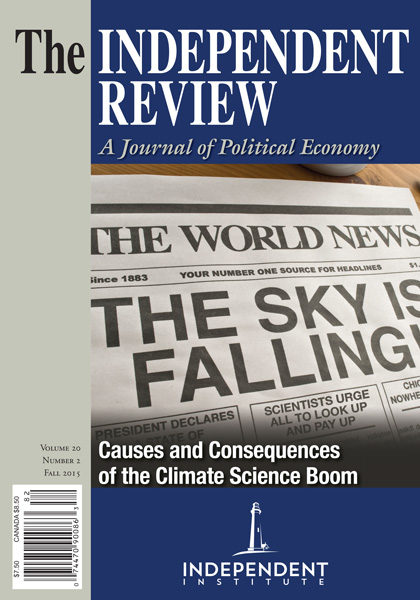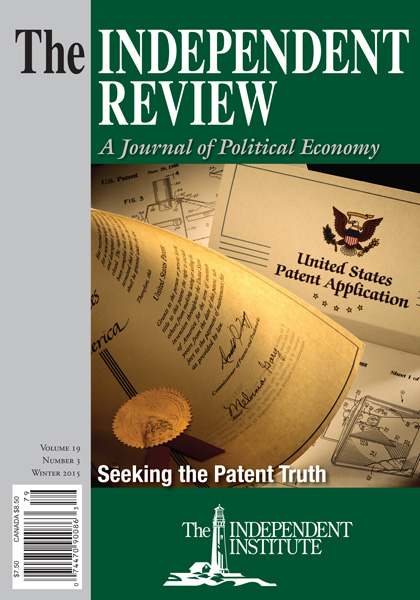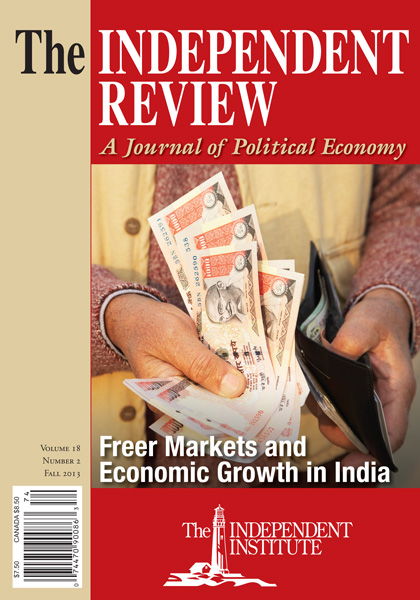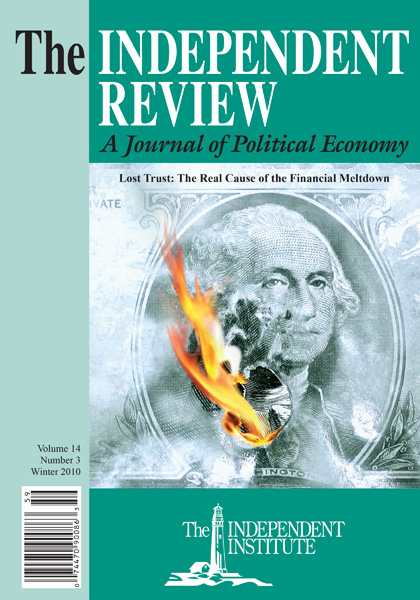The pre-war non-interventionist movement gets a much-needed closer look in Justus Doenecke’s thorough history, Storm on the Horizon: The Challenge to American Intervention, 1939-1941. Doenecke’s unsurpassed archival research and rare objectivity merit permanent gratitude from students of the greatest antiwar movement in American history.
Article
Justus Doenecke, professor of history at the University of South Florida, has made a distinguished career of researching the history of American “isolationism” before and after World War II. His latest book, Storm on the Horizon: The Challenge to American Intervention, 1939–1941 (Lanham, Md.: Rowman and Littlefield, 2000), is marked by his unsurpassed familiarity with the relevant archives—reflected in the 170 pages of endnotes—and by his rare and refreshing objectivity. The work has already won the annual book award of the Herbert Hoover Presidential Library Association.
Doenecke begins with the inevitable terminological issue. He eschews referring to the protagonists of Storm on the Horizon as isolationists, the term preferred, then as now, by their interventionist adversaries. This rhetorically powerful argument by epithet has been deployed from 1898 to the present. Today, simply uttering the word itself is probably decisive on questions of foreign policy for most Americans. In its place, Doenecke rightly prefers the less-loaded terms anti-interventionist and noninterventionist.
As our author makes amply clear, there were “many mansions” in the antiwar movement, from Father Charles Coughlin and his magazine Social Justice to the Communist Party (until June 22, 1941, that is, when the CPUSA turned on a dime and became fanatically pro-war). Very sensibly, however, Doenecke pays the most attention to the pacifist and, above all, the liberal and conservative opponents of war, most of whom were associated in one way or another with the America First Committee (AFC), founded in September 1940.
During its brief existence and ever after, the AFC was and has been subjected to mindless smears. A recent example occurred in connection with Princeton University’s unsealing of many of the papers of Charles Lindbergh, the committee’s most prominent speaker, and of his wife Anne Morrow Lindbergh. In a report for the Associated Press (March 30, 2001), Linda A. Johnson informs us that “Lindbergh gave numerous speeches at the time denouncing President Franklin D. Roosevelt and Jews as ‘warmongers.’” As concerns the Jews, this statement is a lie or, more likely, the product of a slovenly scribbler who could not be bothered to ascertain the easily accessible truth (see Berg 1998, 425–27). Lindbergh gave only a single, famous (or notorious) speech mentioning the Jews, in Des Moines, in October 1941. There he identified them not as “warmongers” but as, along with the Roosevelt administration and the British government, one of the main forces pushing us into war with Germany.
It is noteworthy that among the hundreds of letters Princeton made public were expressions of support for Lindbergh’s antiwar stance from well-known writers such as W. H. Auden and, rather lower down the literary line (although she won the Nobel Prize for Literature in 1938), Pearl Buck. Readers surprised by the appearance of these names in this context would likely profit from consulting Bill Kauffman’s brilliant America First! Its History, Culture, and Politics (1995). As Kauffman shows, many of the celebrities of the American cultural scene—outside of Manhattan and Hollywood—strongly sympathized with the AFC: Sherwood Anderson, E. E. Cummings, Theodore Dreiser, Edgar Lee Masters, Henry Miller, Sinclair Lewis, Kathleen Norris, Frank Lloyd Wright, Charles Beard, and H. L. Mencken, among others. The total membership of the AFC exceeded eight hundred thousand, and it had millions of fellow travelers. The young John F. Kennedy and Gore Vidal were junior members of America First at their respective prep schools.
Storm on the Horizon proceeds by examining in detail the various episodes of the war and the controversies they generated at home, beginning with the German invasion of Poland and the “phony war,[ and ending with the last, futile negotiations with the Japanese envoys and the attack on Pearl Harbor. Doenecke deals with every significant issue of American foreign or military policy in this period. Many of these issues were new to me—for instance, the debates over a possible loan to Finland after the Soviet attack in November 1939 and over the fortification of Guam. Also indicative of the richness of the book are the frequent fascinating tidbits Doenecke serves up; for example, American gunboats were still patrolling the Yangtze as late as 1940 (three years after the Panay incident, presumably still in the interest of Standard Oil). Also revealed is that the two principal antiwar papers, the Chicago Tribune and the New York Daily News, supported Dewey against Taft for the Republican presidential nomination in 1940 (pp. 158–59).
The noninterventionists lost the battle for the Republican nomination, as they would lose all the battles in their short-lived campaign. The winner, Wendell Willkie, “a utilities lawyer and Wall Street magnate who had been a Democrat all but four years of his life . . . came into the convention with only a handful of delegates” (p. 159). However, he enjoyed the fervent support of Henry Luce’s magazines, Life, Time, and Fortune (the Chicago Tribune once irreverently wondered why Luce didn’t add Infinity to his stable), as well as, above all, the support of the New York Herald-Tribune and with it Wall Street and the rest of the eastern Republican establishment whose agent it was. Willkie won on the sixth ballot. He had already chided Roosevelt for tardiness in aiding the Allies and denounced other Republican leaders as “isolationists.” With Willkie as the nominee, foreign policy, the crucial issue facing the nation, was taken off the table—as is customary in American elections—much to the delight of the British intelligence operatives working to embroil the United States in yet another world war (see Mahl 1998, 155–76).
A major landmark on the road to war was the transfer to Britain of some fifty naval destroyers in return for long-term leases on bases stretching from Newfoundland to British Guiana. The deal was effected by presidential decree and sharply criticized by most noninterventionists as contrary to U.S. and international law (whereas a few jingoists such as Colonel McCormick of the Chicago Tribune reveled in the expansion of American power). It contributed to the formation in September 1940 of the Tripartite Pact of Japan, Germany, and Italy. In turn, this agreement was misinterpreted in Washington as directed aggressively against the United States, rather than as intended defensively to forestall an American attack on any of the signatories (pp. 125–28). The pact permitted Roosevelt to claim that “the hostilities in Europe, in Africa, and in Asia are all parts of a single world conflict“ (p. 310). Henceforth, this “fundamental proposition,“ specious as it was, would guide U.S. policy.
Emboldened by his reelection, Roosevelt proposed the Lend-Lease Bill (H.R. 1776), one of the greatest extensions of presidential power in American history, which became law in March 1941. Although the AFC opposed Lend-Lease, it was faced with a quandary, as some anti-interventionists pointed out at the time: by supporting aid to Britain “short of war,” it had opened the door to the incremental steps toward war that Roosevelt was taking and representing as his indefatigable struggle for peace.
Today Roosevelt’s record of continual deception of the American people is unambiguous. In that sense, the old revisionists such as Charles Beard have been completely vindicated. Pro-Roosevelt historians—at least those who do not praise him outright for his noble lies—have had to resort to euphemism. Thus, Doenecke cites Warren F. Kimball, who is shocked—shocked—by FDR’s “lack of candor” in leading the nation to war. Doenecke is much more straightforward. He notes, for example, the true role of the “neutrality patrol” that the president established in the western Atlantic in May 1941: “By flashing locations of German U-boats, the patrol would alert British merchantmen to veer away while inviting British cruisers and destroyers to attack” (p. 178). “From later March through May _1941_, the president told such intimates as Harold Ickes and Henry Morgenthau that he hoped an incident on the high seas might result in providing convoys or possibly even a state of war with Germany“ (p. 181). Still, some confirmed revisionists may conclude that Doenecke does not give due weight to FDR’s colossal duplicity. Thus, although he mentions Roosevelt’s meeting with George VI in Hyde Park in June 1939 (p. 125), he is silent on the president’s promise to the British monarch—before the war even began—of full U.S. support in any military conflict with Germany (Wheeler-Bennett 1958, 390–92).
The German invasion of Russia in June 1941 appeared to strengthen the antiinterventionist case, in two ways. On the one hand, it pulled the rug out from under those who had argued (as some still argue) for the infinite moral superiority of the anti-Hitler coalition. Even the tabloid New York Daily News was able to perceive a truth that has somehow escaped practically all current commentators: “The Soviets’ Christian victims have far outnumbered the Nazis’ Jewish victims” (p. 212). On the other hand, with the first German reverses in December, doubt was cast on the notion that U. S. participation in the war was required to foil a Nazi victory. As Doenecke observes, “The tide of battle, however, had swung in the Soviets’ favor long before American aid had arrived in quantity” (p. 225). Taft and others had remarked that if Hitler could not conquer Britain, how was he supposed to be able to attack the United States (p. 115)? Now that the Wehrmacht was confronting the Red Army, noninterventionists could reasonably question the fantasy that Hitler was on the verge of conquering the world.
Still, hysterical scenarios from Washington and the pro-war press continued to highlight the “invasion routes” that the Germans and occasionally the Japanese might take to the conquest of the United States, via the Caribbean, the Aleutians, and Alaska, or from West Africa to Brazil and thence, somehow, to New Orleans and Miami. This last scenario was the most frequently bruited about. Antiadministration spokesmen pointed out that even if a German Expeditionary Force were somehow able to occupy West Africa and pass over the Atlantic to Brazil, it would still be as far from the United States as it had been in Europe. And how was a modern mechanized army to traverse the jungles and mountains of South and Central America to invade the United States (p. 135)? Roosevelt fed the hysteria by claiming that he possessed a “secret map” showing Nazi plans to conquer South and Central America, as well as secret documents proving that Hitler planned to supplant all existing religions with a Nazi Church (p. 266). Needless to say, these statements were further falsehoods.
Another landmark on the road to war was the Atlantic Charter meeting between FDR and Churchill off the Newfoundland coast in August 1941. Churchill reported to his cabinet: the president had confided that “he would wage war, but not declare it, and that he would become more and more provocative. . . . Everything was to be done to force an ‘incident’” (p. 239–40). A month later, FDR did provoke the “incident” involving the U.S. destroyer Greer, which he used as a pretext for his order to “shoot on sight” any German and Italian vessels in the three-quarters of the North Atlantic that, as Doenecke states, now comprised our “defensive waters.“ The AFC accused FDR of initiating “an undeclared war, in plain violation of the Constitution.“ The public did not care very much, and the president not at all. A few days later, American ships and planes began escorting convoys carrying munitions of war to Britain (p. 259–61). Attacks on U.S. warships multiplied as Congress voted to arm U.S. merchant ships, depriving them of any immunity as neutrals, and to permit U.S. naval vessels to enter the previously off-limits “combat zones.” What prevented a war from breaking out was Hitler’s resolve to keep the United States at bay until he was ready for the American onslaught.
By this time, Herbert Hoover was privately warning that FDR and his people were “doing everything they can to get us into war through the Japanese back door” (p. 317). In response to Japanese advances in Indochina, Roosevelt, together with Churchill, froze all Japanese assets, effectively imposing an embargo on oil shipments and starting the clock on the final stranding of the Imperial Japanese Navy. Edwin M. Borchard, Yale Law professor and authority on international law, commented: “While threatening Japan with dire consequences if she touches the Netherlands East Indies, our embargoes force her to look in that direction” (p. 306). Glimpsing the future that America’s rulers had in store for the republic, Borchard noted, “Apparently we are getting to the point where no change can be made in the world’s political control without offense to the United States” (p. 308).
One of the many merits of Storm on the Horizon is that it exhibits the contrast between the Old Right and the later conservative movement that took shape in the mid-1950s as a global anticommunist crusade. (On the earlier movement, see the excellent study by Sheldon Richman [1996].) One important difference concerns the conservatives’ attitudes toward western imperialism, particularly in East Asia. William Henry Chamberlin criticized Roosevelt’s evident intention to sacrifice American lives in order to keep the Dutch in the East Indies and the British in Singapore (p. 290). John T. Flynn ridiculed the notion of going to war against Japan over the Philippines because such a conflict would, in reality, be in the service of only a few dozen U.S. corporations (p. 299). Unlike later conservatives, who were ready to portray any anticommunist despot (for example, Syngman Rhee) as practically a Jeffersonian democrat, the noninterventionists tended to see Chiang Kai-shek for what he was, an autocrat and a gangster (p. 287).
The anti-interventionists were a courageous bunch, and they paid a price for their scruples. Harry Elmer Barnes was purged from the New York World-Telegram, Oswald Garrison Villard from The Nation, and Flynn from The New Republic. The Baltimore Sun even had the nerve to fire H. L. Mencken, that paper’s sole claim to fame in its 164-year history. Universities banned antiwar speakers from their campuses, and local officials tried to prevent the AFC from holding rallies (p. 275). In and out of the administration, interventionists smeared their opponents as mouthpieces of the Nazis, cogs in the Nazi propaganda machine, or, at best, “unwitting” tools of fascism. Roosevelt’s secretary of the interior, Harold Ickes—a notable bottom feeder—called Oswald Garrison Villard and Norman Thomas allies of Hitler (p. 271). The influential Friends of Democracy, before and during the war, slandered noninterventionists such as Robert Taft for being “very closely” tied to the Axis line. This organization won the gushing plaudits of Eleanor Roosevelt (Ribuffo 1983, 189). Egged on by Roosevelt, the FBI “began to tap the telephones and open the mail of vocal opponents of FDR’s foreign policy and to monitor anti-intervention rallies.” It “instituted surveillance of several of the president’s prominent congressional critics,” including Senator Burton K. Wheeler and Senator Gerald Nye. “The White House and the Justice Department also leaked to antifascist journalists information from FBI files that was embarrassing to anti-interventionists“ (Haynes 1996, 28–29).
Left-liberal intellectuals, academic and otherwise, never cease bemoaning a time of terror in America known as the Age of McCarthyism. In so doing, they lack what might be termed the dialectical approach. For many conservatives who supported Senator McCarthy in the early 1950s, it was essentially payback time for the torrent of slanders they had endured before and during World War II (at a press conference in December 1942, FDR presented John O’Donnell, the Washington correspondent of the Daily News, with an Iron Cross for meritorious service to the Reich_White 1979, 44–45_). Postwar conservatives took deep satisfaction in pointing out the communist leanings and connections of those who had libeled them as mouthpieces for Hitler. Unlike the antiwar leaders, who were never “Nazis,[ the targets of McCarthyism had often been abject apologists for Stalin, and some of them actual Soviet agents.
Once or twice, Doenecke himself inadvertently and somewhat oddly comes close to echoing these interventionist charges. In June 1940, congressional interventionists passed a resolution allegedly reaffirming the Monroe Doctrine: it proclaimed the nonadmissibility of any transfer of sovereignty within the Western Hemisphere from one nation to another—for example, of the Dutch West Indies to Germany. The German diplomatic response denied any wish to occupy such territories, but observed in passing that the Monroe Doctrine could claim validity only under the condition that the United States refrain from interference in European affairs. Doenecke states that “several anti-interventionists adopted Foreign Minister Joachim von Ribbentrop’s logic of two separate spheres” (p. 121). What the anti-interventionists adopted, however, was not Ribbentrop’s logic, but the clear meaning of the Monroe Doctrine itself.
If Storm on the Horizon has any serious fault, it would mainly concern Doenecke’s technique of proceeding from one event to the next, canvassing a few antiinterventionist voices involved in each in its turn. Though he insists on the importance of the underlying ideologies of the noninterventionists, some may find that his procedure militates against the presentation of a coherent account. Moreover, it is arguable that he might have paid more sustained attention to the views of Senator Taft, John T. Flynn, Felix Morley, Father James Gillis (editor of The Catholic World), and the international law experts Edwin M. Borchard and John Bassett Moore, and less to those of Hugh Johnson, Lawrence Dennis, William Randolph Hearst, and Social Justice.
Nonetheless, Storm on the Horizon is a work of outstanding scholarship. Students of the greatest antiwar movement in American history, revisionists and nonrevisionists alike, are permanently in Justus Doenecke’s debt.
References:
Berg, A. Scott. 1998. Lindbergh. New York: G. P. Putnam’s Sons, 1998.
Haynes, John E. 1996. Red Scare or Red Menace: American Communism and Anticommunism in the Cold War Era. Chicago: Ivan R. Dee, 1990.
Kauffman, Bill. 1995. America First! Its History, Culture, and Politics. Amherst, N.Y.: Prometheus, 1995.
Mahl, Thomas E. 1998. Desperate Deception: British Covert Operations in the United States, 1939–44. Washington, D.C.: Brassey’s.
Ribuffo, Leo P. 1983. The Old Christian Right: The Protestant Far Right from the Great Depression to the Cold War. Philadelphia: Temple University Press, 1988.
Richman, Sheldon. 1996. New Deal Nemesis: The “Old Right” Jeffersonians. The Independent Review 1 (fall): 201–48.
Wheeler-Bennett, John W. 1958. King George VI: His Life and Reign. New York: St. Martin’s.
White, Graham J. 1979. FDR and the Press. Chicago: University of Chicago Press, 1979.
| Other Independent Review articles by Ralph Raico | |
| Fall 2008 | Was Keynes a Liberal? |
| Winter 2004/05 | The Great War Retold |
| Fall 1998 | Promised Land, Crusader State: The American Encounter with the World since 1776 |





